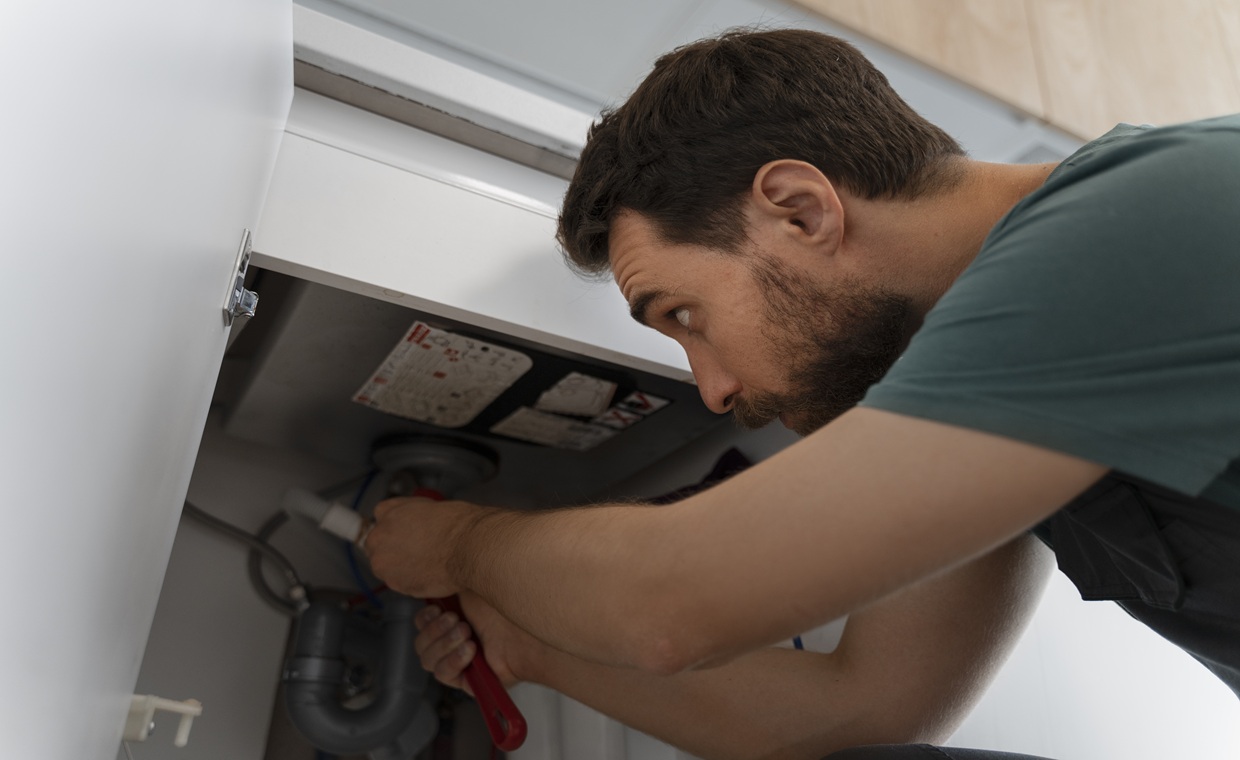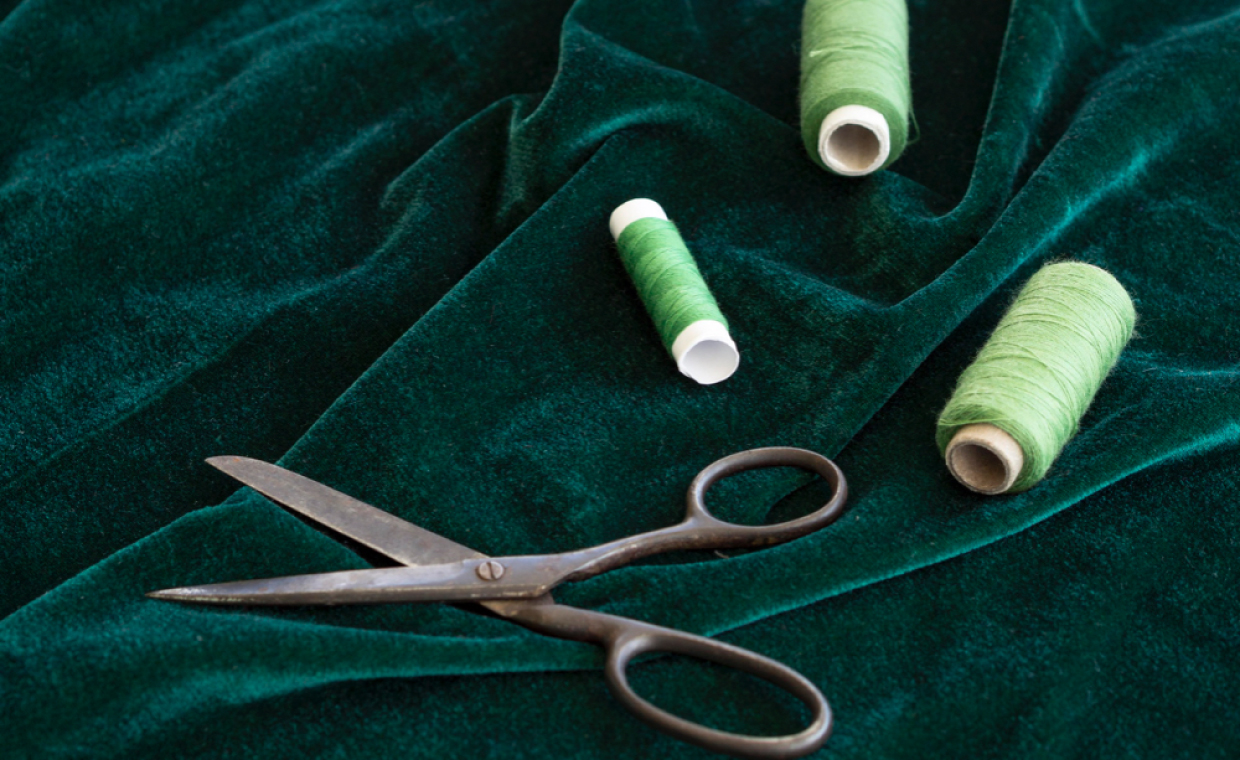
The main ingredient of concrete is cement which binds all the ingredients of concrete together. Cement reacts with water and binds them together. But while it reacts with water, it generates a large amount of heat. This generation of heat from the concrete is also known as heat of hydration. Heat of Hydration is predominated by the quantity of Alite and Tri Calcium Aluminate present in the cement but, it is also influenced to a certain extent by water-cement ratio, its fineness and curing temperature. Hydration process continues till full-service life of the concrete. This heat does not affect the concrete that is hardening, while it is fresh. But after the initial hardening, hydration process affects the poured concrete. If this heat is not regulated, it will result in reducing the strength of concrete. Therefore, water is essential for concrete to control heat due to hydration after the concrete gets hardened. The process of providing water to control the hydration is known as curing.According to ‘Akinwumi, Isaac & Gbadamosi, Zeenat’ (Published in: Effects of Curing Condition and Curing Period on the Compressive Strength Development of Plain Concrete, 2014), curing normally starts after the final settlement of the cement concrete in order to avoid drying shrinkage and, the occurrence of cracks due to shrinkage. To know more, please refer curing of concrete.
Various conventional and non-conventional curing methods are used to cure the concrete. Most of the non-conventional methods are not popular as they are applied under special circumstances and also, they are comparatively expensive. We have already discussed the conventional curing methods. Here, we shall review the non-conventional curing methods.
Non-Conventional Curing Methods for Concrete Construction
Here are some non-conventional methods that are used for concrete curing.
01. Curing by Immersion Method

This is the best water curing method. In this method finished concrete element is immersed in the curing tank or curing pond. The moisture requirement of the concrete is thus fulfilled. This method is used for pre-cast concrete members like tiles, pavers etc. that can be easily handled and placed in the curing tank for a certain duration.
This method of total immersion is practically not possible unless the concrete is in the laboratory as a test specimen or they are in small pre-cast units. This method needs more labour work and handling.
02. Electrical Curing

Electrical curing is carried out by passing alternating current (Electrolysis trouble will be encountered if direct current is used) through the concrete itself between two electrodes. Electrodes are either buried in or applied to the surface of the concrete. Care must be taken so that the moisture does not quit the concrete leaving it completely dry.
Casting operations are usually performed within normal working hours, while the accelerated curing takes place after working hours.
This method is mostly used in very cold climatic region. This method is not likely to find much application owing to economic reasons. Moreover, it also needs skilled supervision and monitoring.
03. Infra-red Radiation Curing of Concrete

This is the method in which Infra-red radiations are used to raise the temperature of the concrete and to gain immediate strength. This method is very often adopted for the curing of hollow concrete products such as hollow concrete blocks etc. The normal operative temperature is kept at about 90°C.
The strength of the concrete can be gained rapidly by this method as compared to steam curing. Rapid initial temperature does not cause a decrease in the ultimate strength as in the case of steam curing at ordinary pressure.
Curing of concrete by Infra-red Radiation is used in very cold climatic regions like Russia.
Summing up, Non-conventional curing methods are used only in special cases as they are critical to perform. To know the conventional/standard methods, please refer concrete curing methods. Concrete construction has no value if curing is not done properly. Improper or inadequate curing leads to the lower strength of concrete which will ultimately affect the longevity along with poor performance. Hence, ensure to get proper curing done for the prescribed period of time.
Also Read:
Why Water Requirement is Higher for Curing rather than Making Concrete?
When to Start Curing of Concrete?
What Should be the Minimum Curing Period of Concrete?
Why Curing of Concrete is Very Important in a Construction?
Plastic Sheets: Efficient Concrete Curing Methods
How to Cure Concrete by Wet Covering (Moist Curing Concrete)?






























